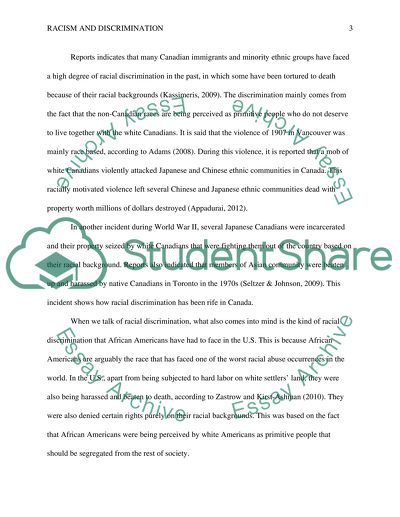Cite this document
(“Racism and Discrimination Research Paper Example | Topics and Well Written Essays - 2000 words”, n.d.)
Retrieved de https://studentshare.org/english/1472749-racism-and-discrimination
Retrieved de https://studentshare.org/english/1472749-racism-and-discrimination
(Racism and Discrimination Research Paper Example | Topics and Well Written Essays - 2000 Words)
https://studentshare.org/english/1472749-racism-and-discrimination.
https://studentshare.org/english/1472749-racism-and-discrimination.
“Racism and Discrimination Research Paper Example | Topics and Well Written Essays - 2000 Words”, n.d. https://studentshare.org/english/1472749-racism-and-discrimination.


